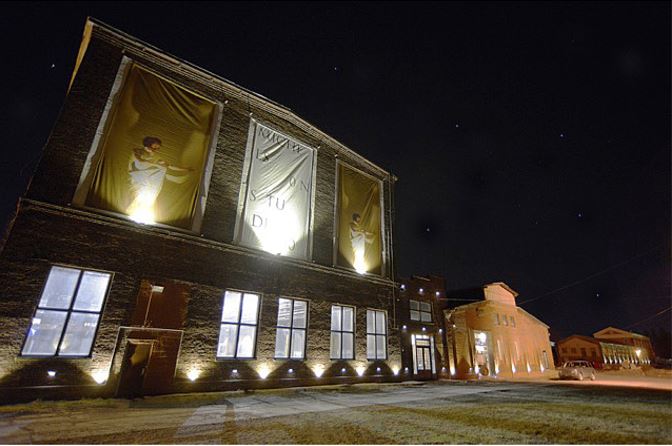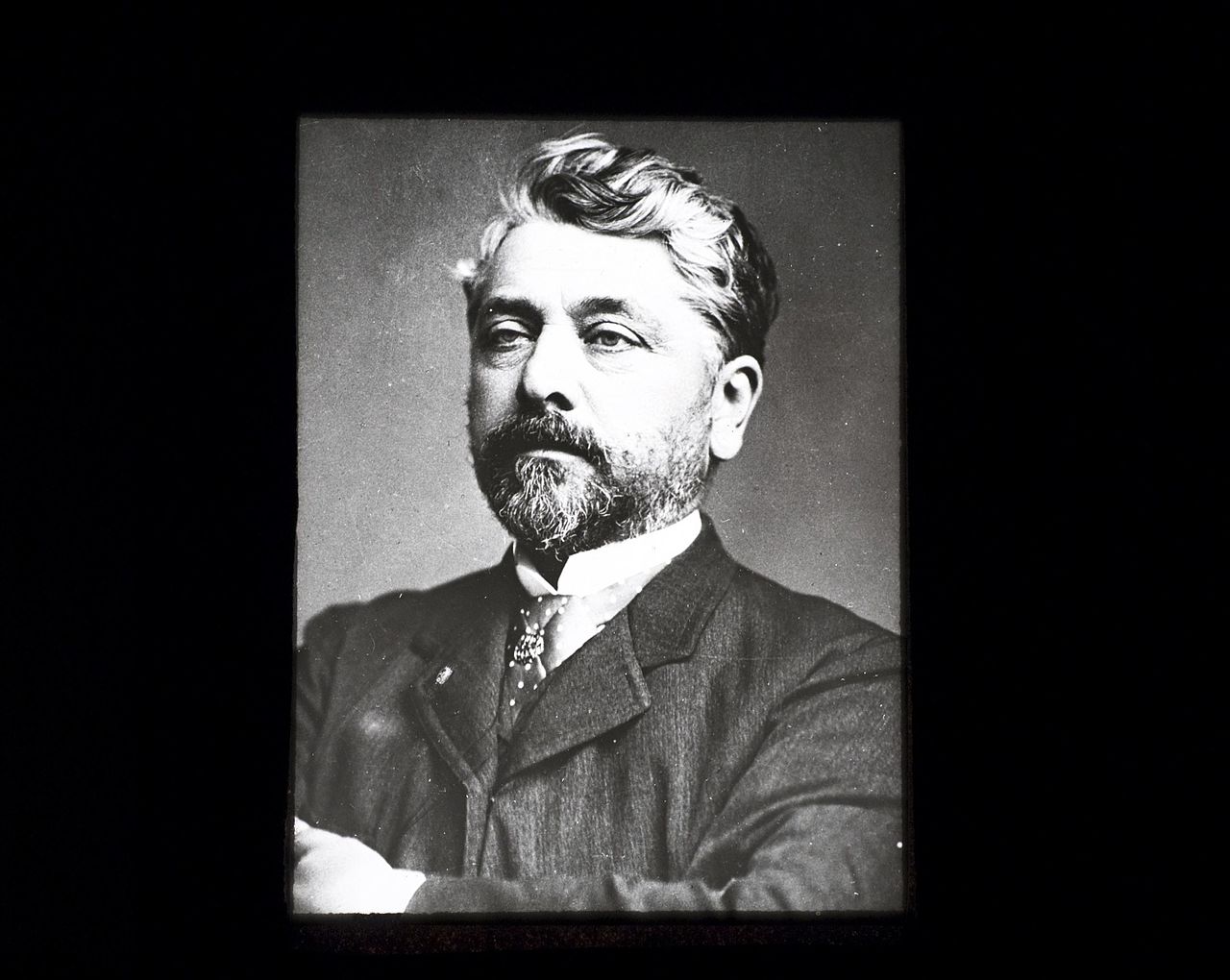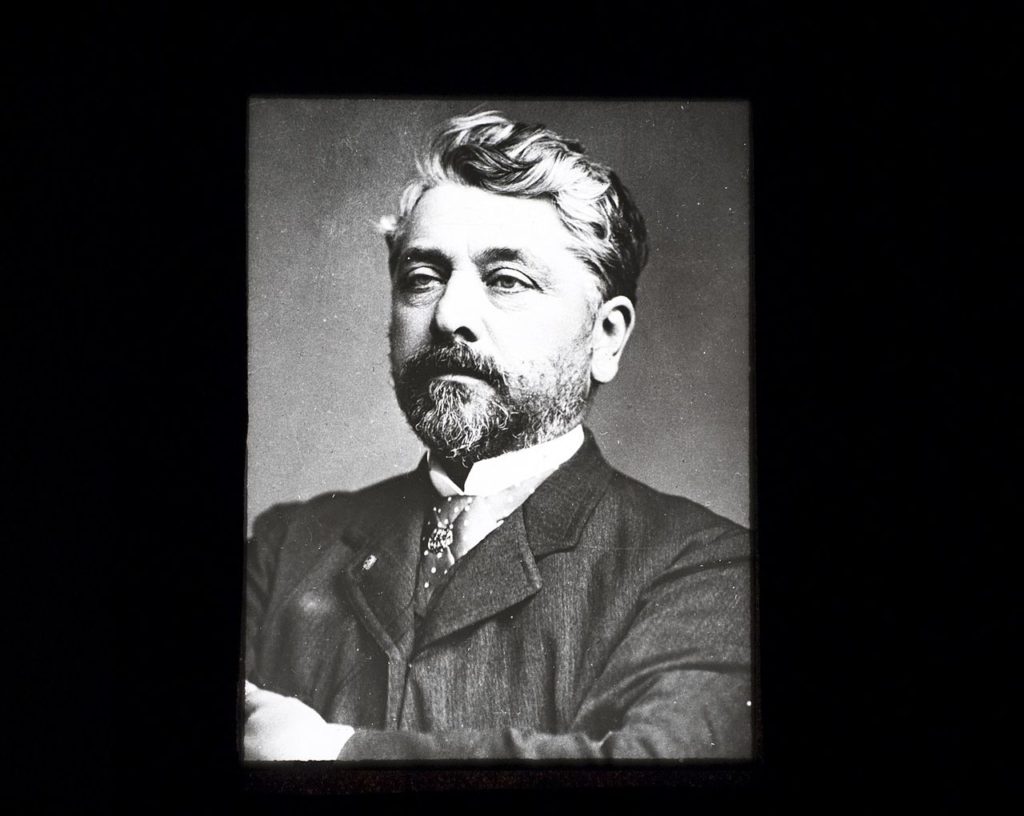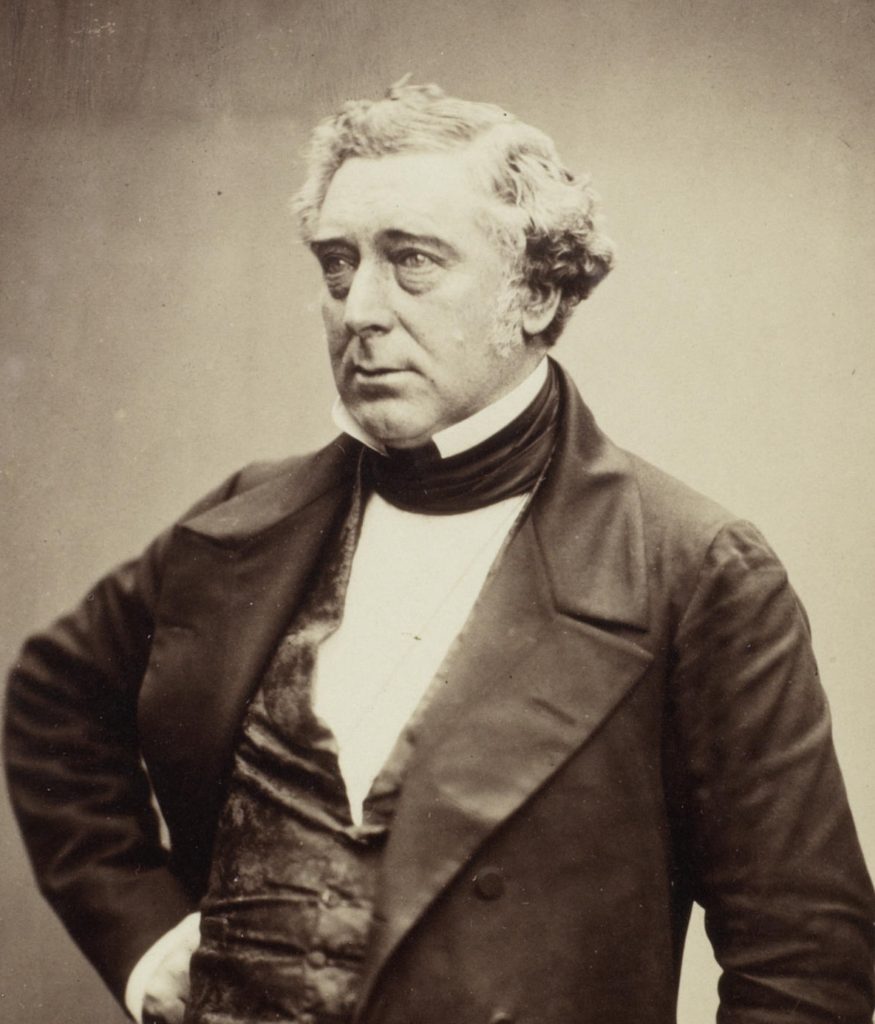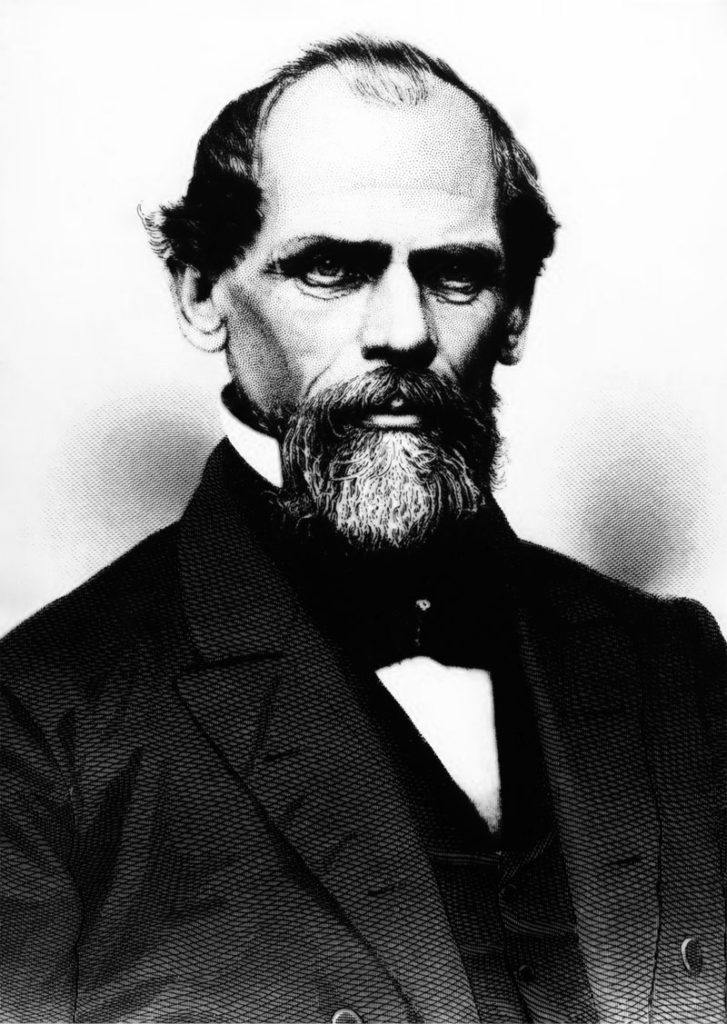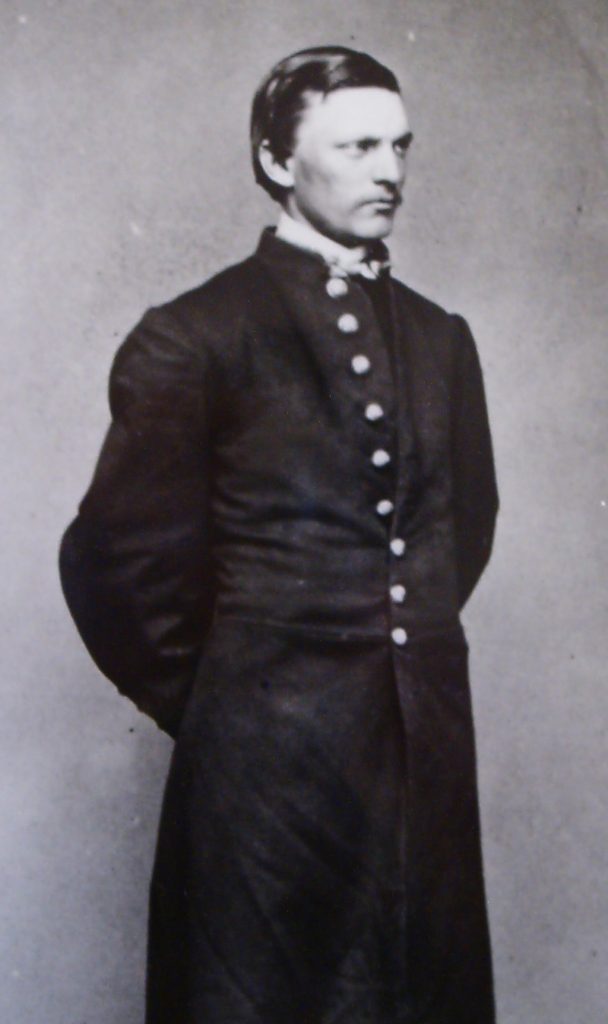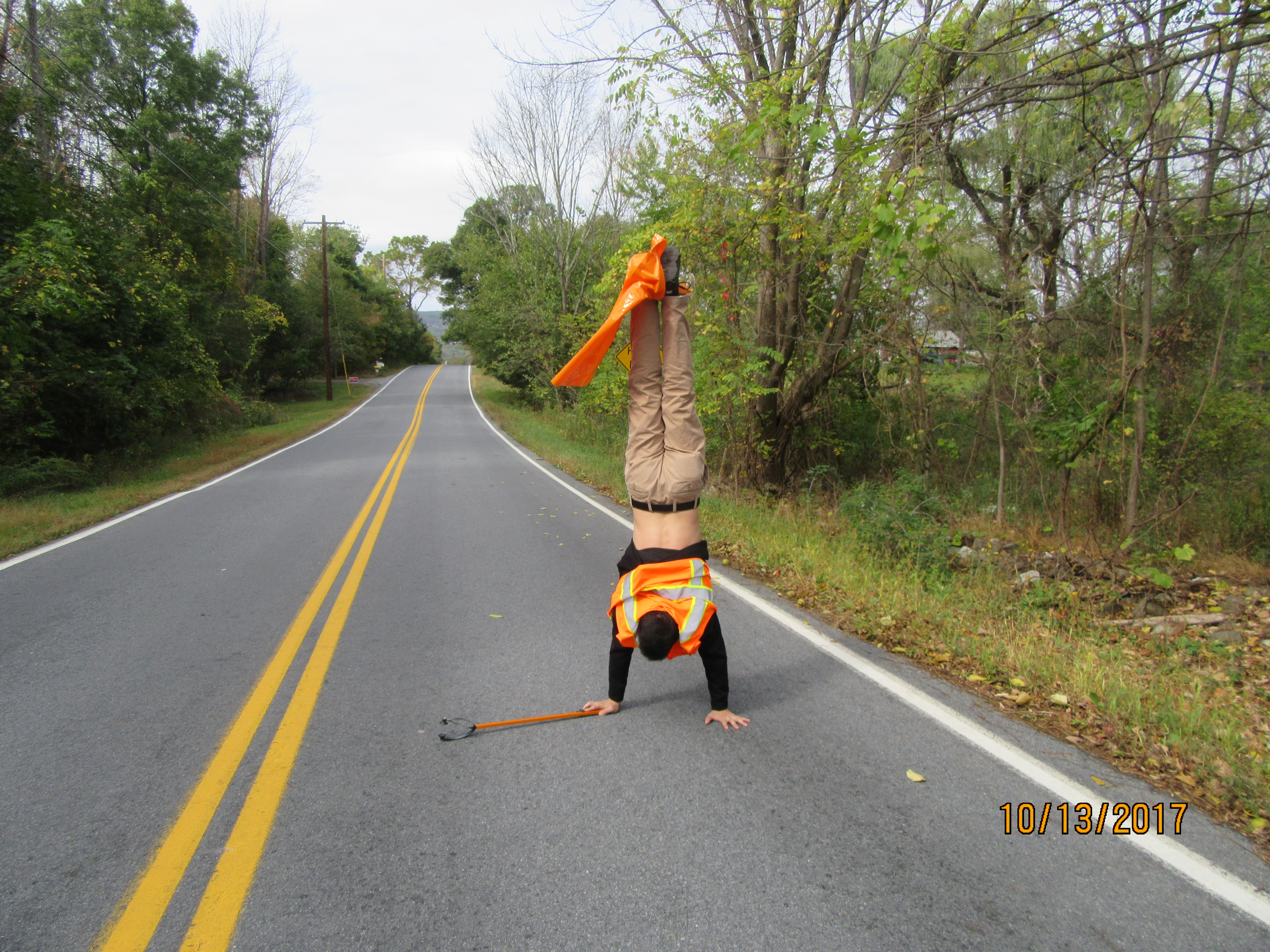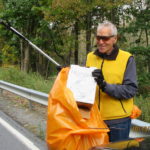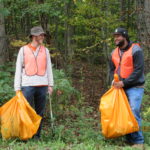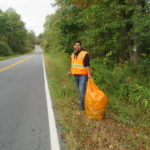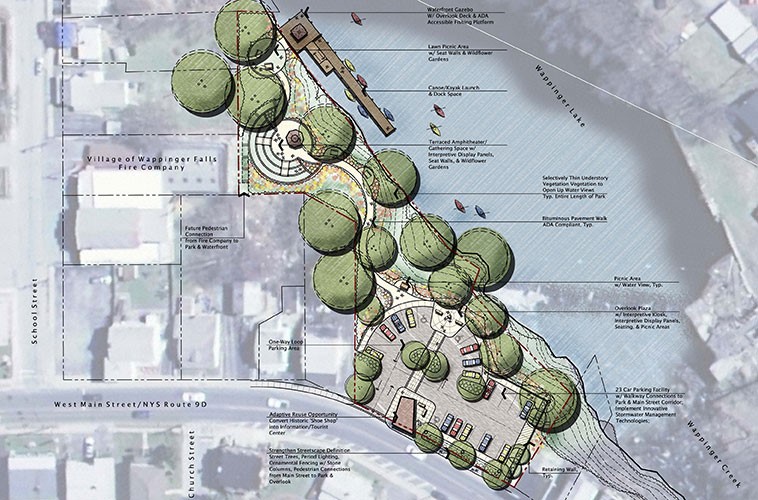
This project involved a comprehensive study of point and nonpoint source pollution into the Wappinger Creek Watershed. The plan analyzed the 38-mile Wappinger Creek from its headwaters to Wappinger Lake in an effort to identify key contributors to pollutant-loading, which was deteriorating water quality and reducing the lake’s capacity for flood storage.
A sampling plan that covered the entire watershed was developed. A quality assurance program was developed to standardize testing protocols. Sampling was coordinated with annual DEC sampling efforts to maximize coverage and minimize costs.
The project term covered three years, including sampling in different seasons, development of new policies, and implementation of remediation programs.
After identifying where the pollutants, phosphorous, and silt/sediment were entering the creek, KC assisted the Village with identifying pilot green infrastructure implementation projects for design and construction.



